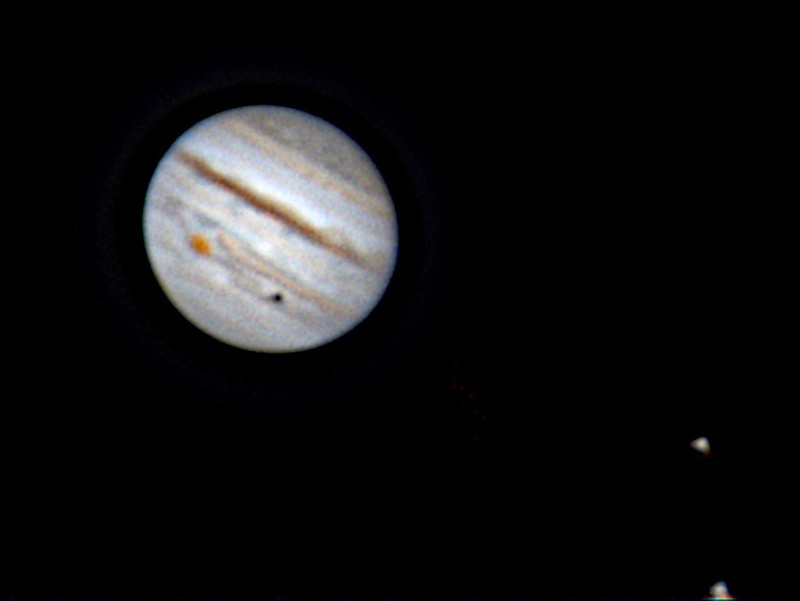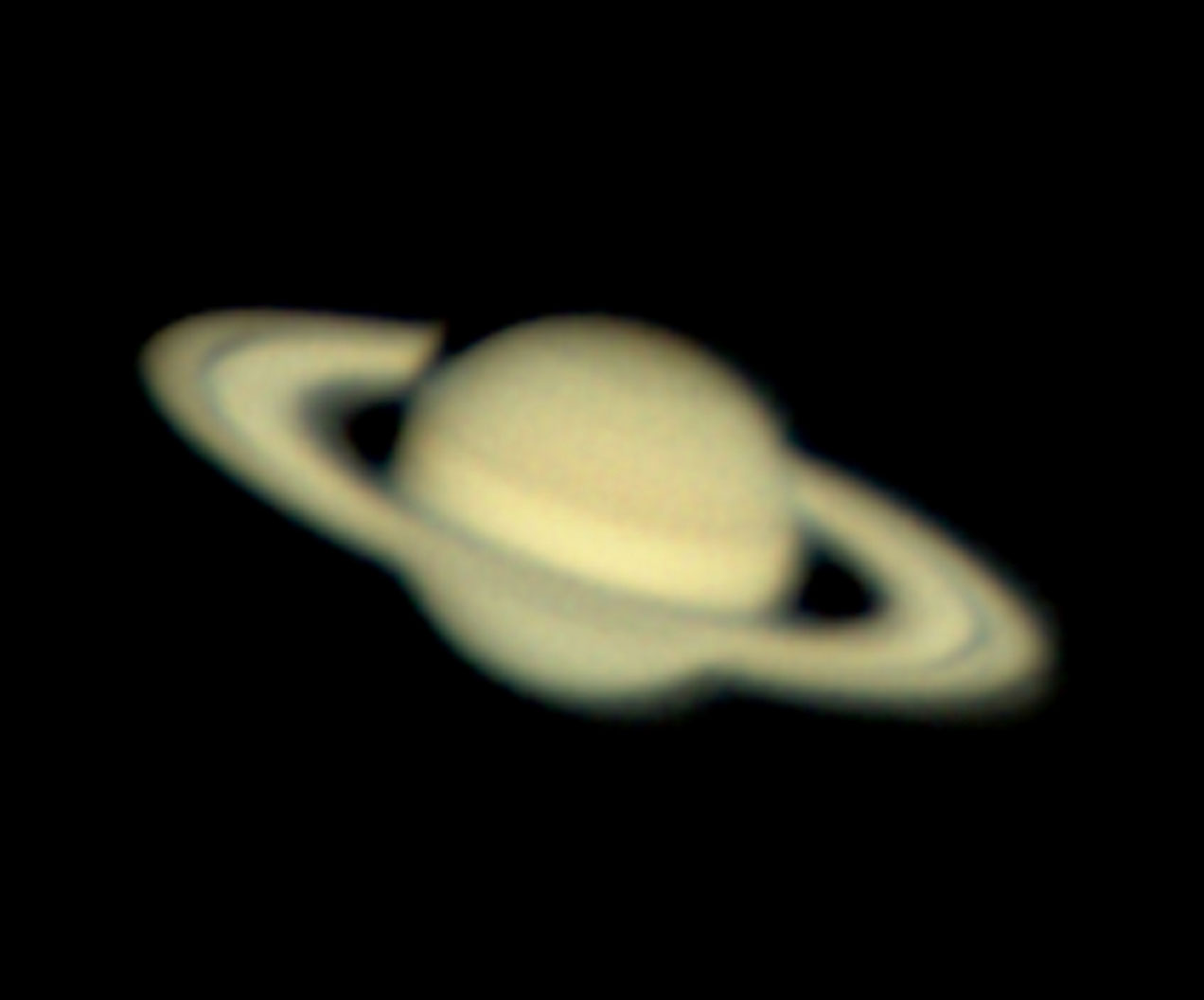Jupiter and Saturn return! Yes, these two beautiful gas giants are now naked-eye visible in the night sky at a reasonable hour!
After 10 p.m., look directly east and find the brightest object in the sky -- besides the moon if it happens to be visible. You will see the bright planet Jupiter.
If you use good binoculars on this object, you may spot some of Jupiter's moons. Galileo was the first human to see these moons, through the telescope he made from rough glass and paper tubing. Since the four moons Galileo discovered in about 1610 or 1611, many more have been added to the list of Jupiter's moons using modern telescopes. Even with binoculars, you can see that these moons move from night to night, showing a changed pattern each night you look. If you have a small telescope, train it on Jupiter and you will see these moons more easily and you will likely see the bands of atmospheric clouds that surround the planet.
Jupiter, about 10 times the size of Earth, spins on its axis in about 10 hours. This means that the clouds in Jupiter's atmosphere are stretched out into bands. The different colors of the bands are the result of different chemical compounds in Jupiter's atmosphere. Ammonia, Methane and other compounds would make Jupiter's atmosphere quite poisonous to us humans. However, these gases make Jupiter colorful and a sort of celestial beach ball -- about 368 million miles from Earth!
And Saturn! Look for Saturn in the southeast evening sky after 10 p.m. Saturn will be harder to find than Jupiter. Saturn is about nine times the size of Earth but farther away than Jupiter, so it is dimmer. A helpful rule of thumb when looking for a naked-eye planet is to know that while stars twinkle at night the planets do not. So, look for the object in the southeastern sky about two fist-widths above the southern horizon. Saturn won't twinkle, and it is a bit golden in color when seen in binoculars.
Saturn always repays repeated examination with a small telescope because of its remarkable rings. The rings are made of at least one crushed moon and ice crystals, scattered around the equator of the planet in one of the most remarkable sights in all of amateur astronomy! Since Saturn is farther out in the Solar System than is Jupiter [840 million miles from Earth] it is farther from the Sun's warmth and thus colder. This makes the chemistry of Saturn's atmosphere less reactive and less changeable over time. Sometimes, with my telescope, I can make out one or two bands, but Jupiter's bands are more interesting, I think. Of course, nothing rivals the stupendous rings of Saturn! Jupiter, Uranus and Neptune have ring systems too, but they are very faint and cannot be seen in amateur scopes.
Recently, I have taken up planetary photography after a lengthy hiatus. I have gotten some more advanced equipment, but I am not very good at it yet. I thought I would include an image of Jupiter and one of Saturn that I made in September. The image of Jupiter shows a moon of Jupiter, and it casts a shadow on Jupiter's upper atmosphere.
These images are the best I have done so far. There is always turbulence in Earth's atmosphere, and this makes sharp images of these two planets quite difficult with amateur equipment. This same turbulence makes getting sharp focus difficult too, especially with Saturn. However -- I press on. Maybe there will be a magic night when the turbulence is low and I can get better images. If I do, I will share them with you.
October is a great month for observing the night sky. Often, there is clear, steady air and it is not too cold yet. Get out there and observe!
David Cater is a former faculty member of JBU. Email him at [email protected]. Opinions expressed are those of the author.


